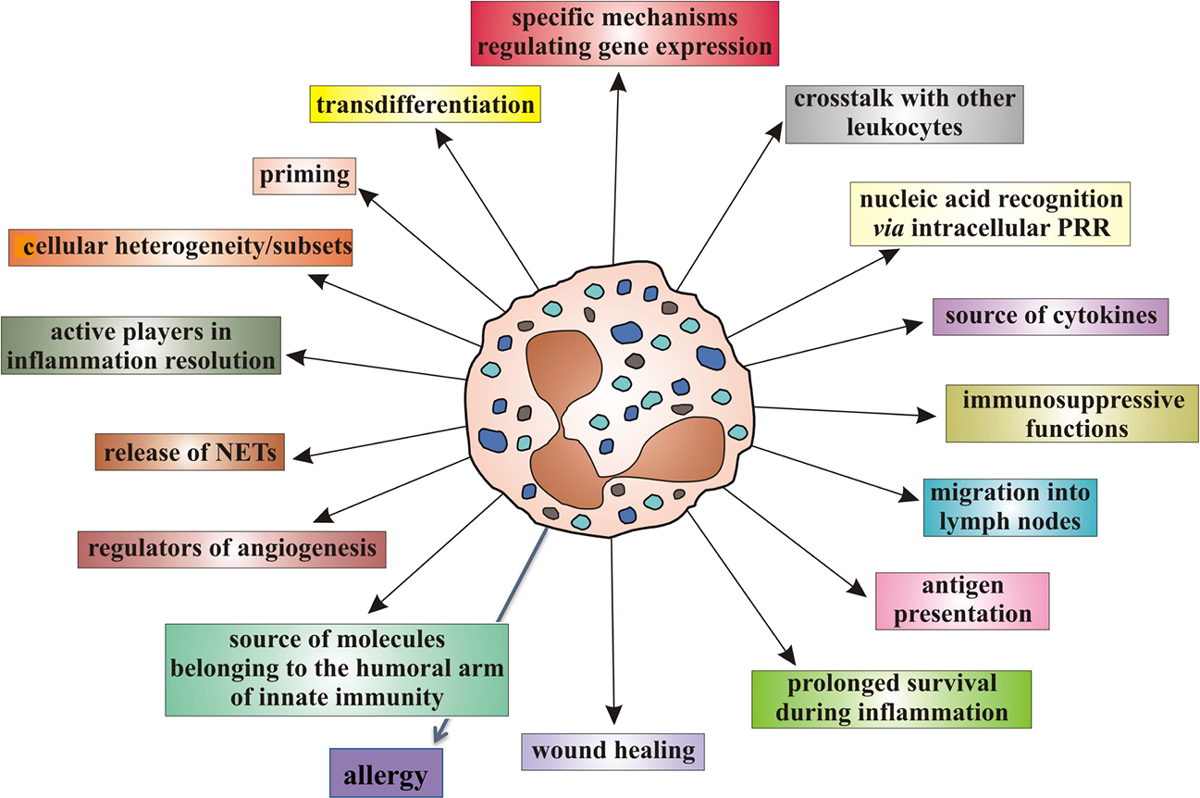Chiropractic and Breastfeeding Dysfunction: A Literature Review
SOURCE: J Clin Chiro Pediatrics 2014 (Mar); 14 (2) ~ FULL TEXT
Lauren M. Fry, BAppSc (CompMed-Chiro), MClinChiro
private practice,
Elwood, Victoria, Australia
laurenfry85@gmail.com
Objective: Breastfeeding an infant has many long and short-term health benefits. Chiropractic care, as part of a multidisciplinary team, has the potential to assist with biomechanical causes of breastfeeding dysfunction. The purpose of this study was to review the literature and explore what evidence there is to support this theory.
Methods: Database searches were performed (PubMed, MEDLINE, Cumulative Index to Nursing and Allied Health and Index to Chiropractic Literature) and hand searches to identify relevant studies. Inclusion criteria were: written in the English language in a peer-reviewed journal, involving infant human participants and a focus on chiropractic treatment for breastfeeding (dysfunction).
Results: Ten articles were reviewed; 5 case studies, 3 case series, 1 clinical trial and 1 narrative.
Conclusions: Limited evidence exists to support chiropractic treatment for infants with breastfeeding dysfunction. Of the 6 case studies, 3 case series and 1 clinical trial found in this report there was a trend towards resolution of breastfeeding issues with chiropractic treatment of biomechanical imbalances. More meticulous, higher evidence studies are needed to provide further evidence of this.
Key Words: breastfeeding, chiropractic, infant, spinal manipulation.
From the Full-Text Article:
Introduction
Breastfeeding, particularly exclusively for the first 6 months, has been associated with numerous beneficial short and long term health outcomes for an infant. [1, 2] Breast milk has been shown to contain secretory IgA antibodies, lactoferrin, oligosaccharides, numerous cytokines and growth factors which all aid in an infant’s immune response. [3, 4] Purported short term benefits to the infant are a decreased risk of many childhood illnesses. [5] Incidence of gastro-intestinal infections, otitis media, other respiratory tract infections and asthma, even in those with a strong family history, may be decreased in infants who are breastfed. [6, 7]
There are more articles like this @ our:
The benefits of breast milk extend into later life with extensive literature to support a decreased incidence of type 2 diabetes and obesity in older children and adults who were breast fed as infants. [6, 8-11] The effect appears to be time dependent; the longer breastfed, the more reduced the likelihood of disproportionate weight later in life. [11, 12] The World Health Organization, as well as many other leading authorities, recommend exclusive breastfeeding until the age of 6 months, at which time timely solids can be introduced (with complimentary breastfeeds to at least 12 months). [13]
In Australia, 92% of women are initiating breastfeeding at birth, yet only 56% are exclusively breastfeeding at 3 months and only 14% at 6 months. [14] Reasons for breastfeeding cessation are numerous and include environmental and socioeconomic factors. [15] Others are infant/mother related and include sore nipples, inadequate milk supply, infant having difficulties feeding and a perception that infant wasn’t satiated. [16-18]
The mechanics of breastfeeding from an infant perspective are well documented in the literature. [19-21] Amongst other factors successful breastfeeding relies on a series of complex movements facilitated by the craniofacial musculoskeletal anatomy. [20, 21] Imbalances or asymmetries in this delicate system have the potential to alter an infant’s suck and could possibly lead to nipple pain, breast engorgement, mastitis and insufficient milk supply. [22]
The purpose of this study was to investigate the available evidence to support the role chiropractic may play in treating breastfeeding dysfunction. At present there has not been a review of the literature to explore this.
Methods
Sources of information
Read the rest of this Full Text article now!





Leave A Comment